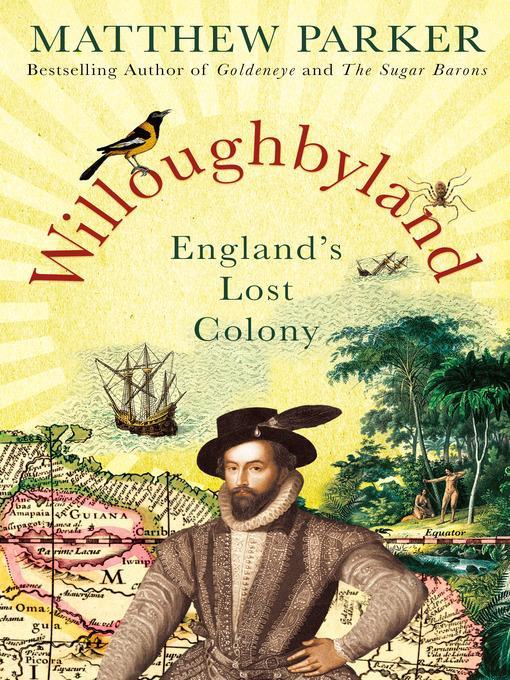
Willoughbyland
England's Lost Colony
کتاب های مرتبط
- اطلاعات
- نقد و بررسی
- دیدگاه کاربران
نقد و بررسی

March 1, 2017
A varied, often fascinating search for the history and remains of England's 17th-century South American colony in what is now Suriname.Freelance journalist Parker (Goldeneye: Where Bond Was Born: Ian Fleming's Jamaica, 2015, etc.) begins and ends in today's Suriname, where he can find virtually no remains of England's once-flourishing colony, which began with tobacco and then segued to sugar. Necessary, all these centuries later, is much back story, including tales of the English civil war, the Restoration, and the major European powers (England, France, Spain, Netherlands) competing in the New World. The author carefully weaves these essential colors throughout the tapestry of his text and also attends to other significant matters, including Europeans' attitudes regarding indigenous peoples, women, religion, royalty, and slavery. Parker delivers a colorful cast of characters, principal among them Francis Willoughby, a titled Englishman who danced near the edge of a deadly ravine throughout his life (shifting politics and loyalties) but who eventually gained control of a rich chunk of terrain in northern South America, where he established his colony, returned to England to enlist more settlers, and then did not return for a decade. As the author points out--and emphasizes near the end--all went more or less smoothly for a while, unless, of course, you were indigenous or brought to the colony as a slave. The relevant colonial powers actually co-existed peacefully for a time, and Willoughbyland grew. Then there were significant international disputes back in Europe and illness--oddly, brought to the colony by Willoughby himself on his return. Furthermore, as Parker ably emphasizes, old-fashioned greed and religious and political divisions awoke, and all began to implode, though the Netherlands kept control until 1975. Parker also relates the sundry involvement of writer Aphra Behn. An engaging pursuit through history and geography, terminating in the human heart of darkness.
COPYRIGHT(2017) Kirkus Reviews, ALL RIGHTS RESERVED.

April 1, 2017
Parker (Goldeneye: Where Bond Was Born; Ian Fleming's Jamaica) has written an engaging history of the early colonization and imperial exploitation of the South American country now known as Suriname, explaining factors leading to English invasion by Sir Walter Raleigh in the 1500s, an attempt to regain credit after losing the favor of Elizabeth I. Also explored is how Raleigh's failed colonization efforts allowed Suriname to be exploited first by Dutch and then subsequent English expeditions, including the titular adventure led by Francis Willoughby in 1652. Initially referred to as Willoughbyland, Suriname's history is told with passing mentions of Dutch colonization and slavery, and offers limited accounts from native peoples; yet the author doesn't explain this lacuna. Readers may notice this work deals with the same period and location as one of the biographies in Natalie Zemon Davis's Women on the Margins. Artist Maria Sibylla Merian traveled to Suriname in 1699, and some of her plates are used as illustrations in Parker's study. VERDICT This title will appeal to those who enjoy well-written popular histories. Specialists and academics may already be familiar with the people and places, but generous illustrations are excellent additions to the text.--Hanna Clutterbuck-Cook, Harvard Univ. Lib., Cambridge, MA
Copyright 2017 Library Journal, LLC Used with permission.

























دیدگاه کاربران